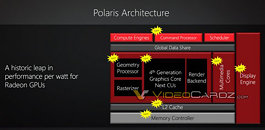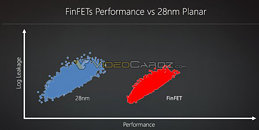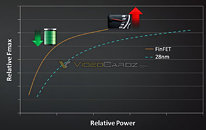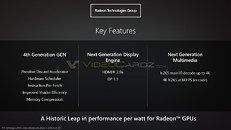
4th Generation Graphics CoreNext Architecture Codenamed "Polaris"
The fourth generation of AMD Graphics CoreNext GPU architecture has been reportedly codenamed "Polaris" by the company. It makes its debut later this year in the company's "Arctic Islands" GPUs, built on Samsung's 14 nm FinFET node. According to the company, Polaris will provide a "historic leap in performance/Watt" for Radeon GPUs. Chips based on Polaris will feature improvements to not just the compute units, but will also come with generational improvements to pretty much every other component, including a new front-end, display controllers, and a new memory controller supporting HBM2.
AMD debuted its first generation GCN architecture with the Radeon HD 7000 series, notably the "Tahiti" silicon. Its second-generation, GCN 2.0, (reported in the press as GCN 1.1), debuted with the R9 290 series, notably the "Hawaii" silicon. The third-generation, GCN 3.0 (reported in the press as GCN 1.2), debuted with the R9 285, notably the "Tonga" silicon; making "Polaris" the fourth-generation. GCN 4.0 will form the core micro-architecture of the "Arctic Islands" family of GPUs, which make their debut in mid-2016.
AMD debuted its first generation GCN architecture with the Radeon HD 7000 series, notably the "Tahiti" silicon. Its second-generation, GCN 2.0, (reported in the press as GCN 1.1), debuted with the R9 290 series, notably the "Hawaii" silicon. The third-generation, GCN 3.0 (reported in the press as GCN 1.2), debuted with the R9 285, notably the "Tonga" silicon; making "Polaris" the fourth-generation. GCN 4.0 will form the core micro-architecture of the "Arctic Islands" family of GPUs, which make their debut in mid-2016.









